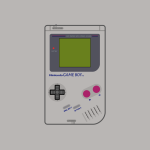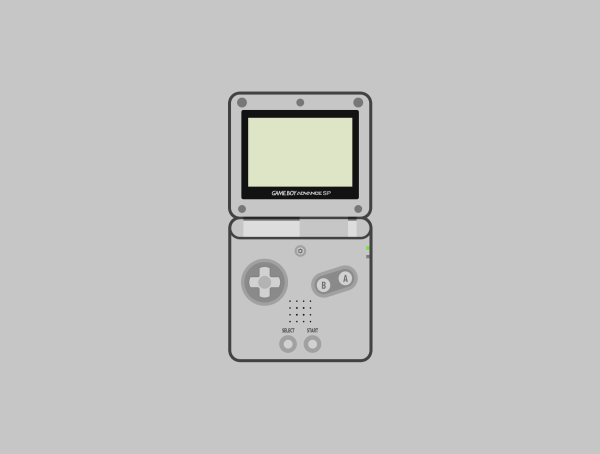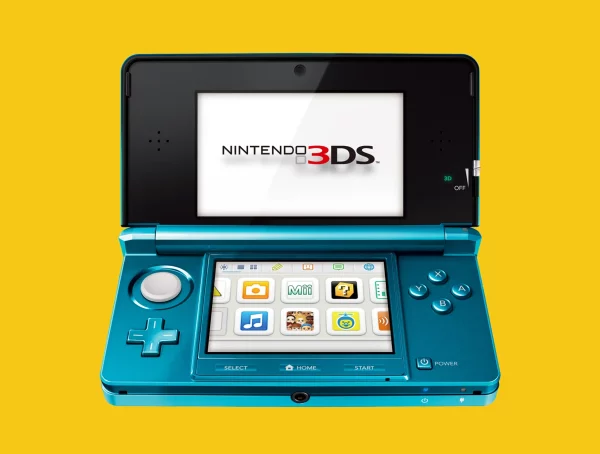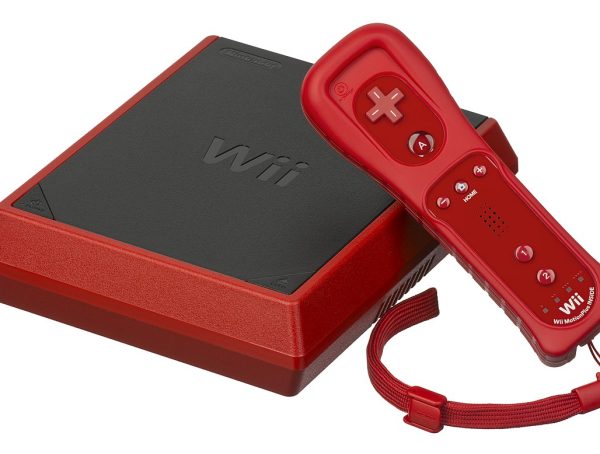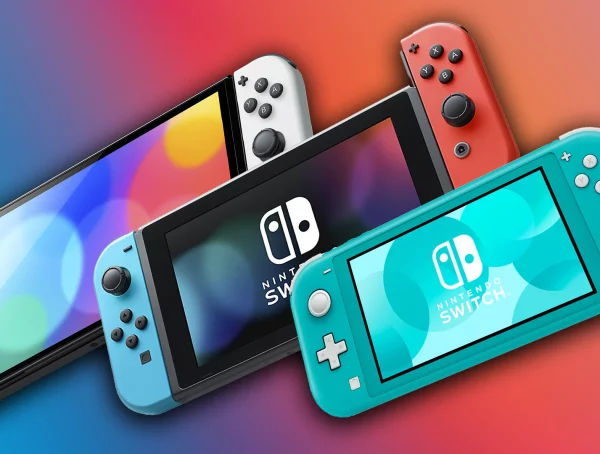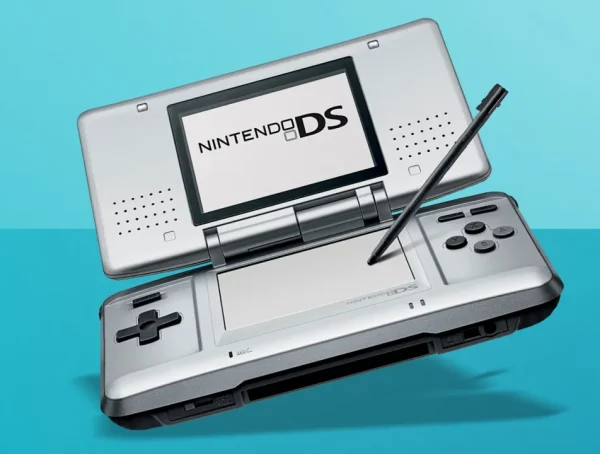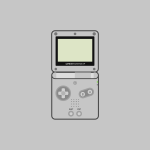SNES – Nintendo did it again!
The Super Nintendo Entertainment System (SNES), released in the early 1990s, is one of the most iconic video game consoles of all time. Building upon the massive success of the original Nintendo Entertainment System (NES), the SNES introduced advanced graphics, unforgettable soundtracks, and gameplay experiences that have stood the test of time. Known as the Super Famicom in Japan, it was a symbol of Nintendo’s dominance during the 16-bit era and remains beloved by fans and collectors worldwide.
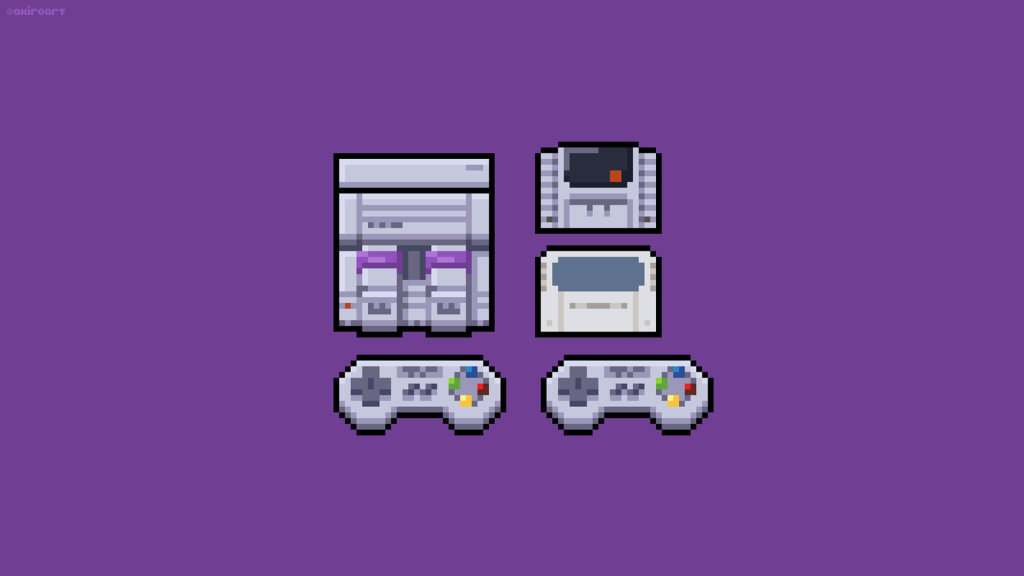
Development and Launch
Origins
By the late 1980s, Sega had launched the Genesis/Mega Drive and was gaining traction in North America and Europe. Nintendo, the market leader with the NES, began developing a successor that would counter Sega’s challenge. Spearheaded by designer Masayuki Uemura –Japanese engineer, video game producer, and professor (1943–2021)– and Nintendo’s internal R&D team, the Super Famicom was developed with a focus on superior graphics, audio, and backward compatibility.
Release Timeline
- Japan: November 21, 1990 (as Super Famicom)
- North America: August 23, 1991
- Europe: April 11, 1992 (varied by country)
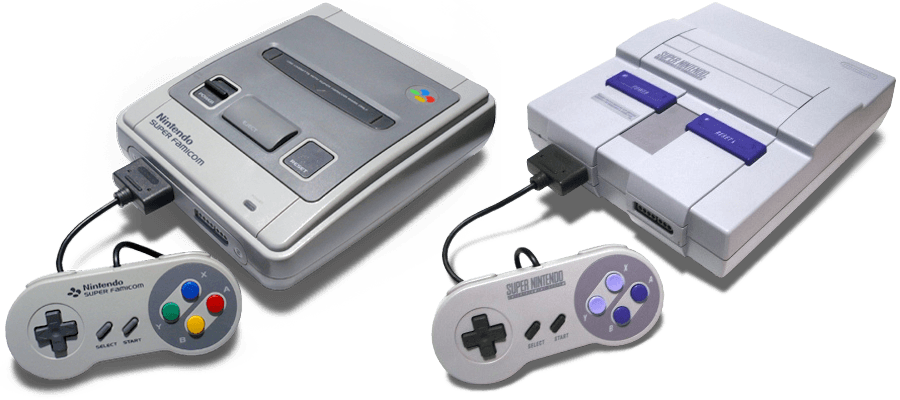
Technical Specifications
| Feature | Specification |
|---|---|
| CPU | 16-bit Ricoh 5A22 (based on 65C816) |
| Clock Speed | ~3.58 MHz |
| RAM | 128 KB |
| Video | 256×224 to 512×448 resolution, 32,768-color palette |
| Sound | 8-channel stereo, SPC700 co-processor |
| Media | ROM cartridges (up to 4MB, later 6MB with enhancement chips) |
| Controllers | 2 included, featuring 4 face buttons and shoulder buttons (a first) |
The SNES also supported Mode 7 graphics, enabling impressive rotational and scaling effects, crucial for games like F-Zero and Super Mario Kart.
Iconic Games and Franchises
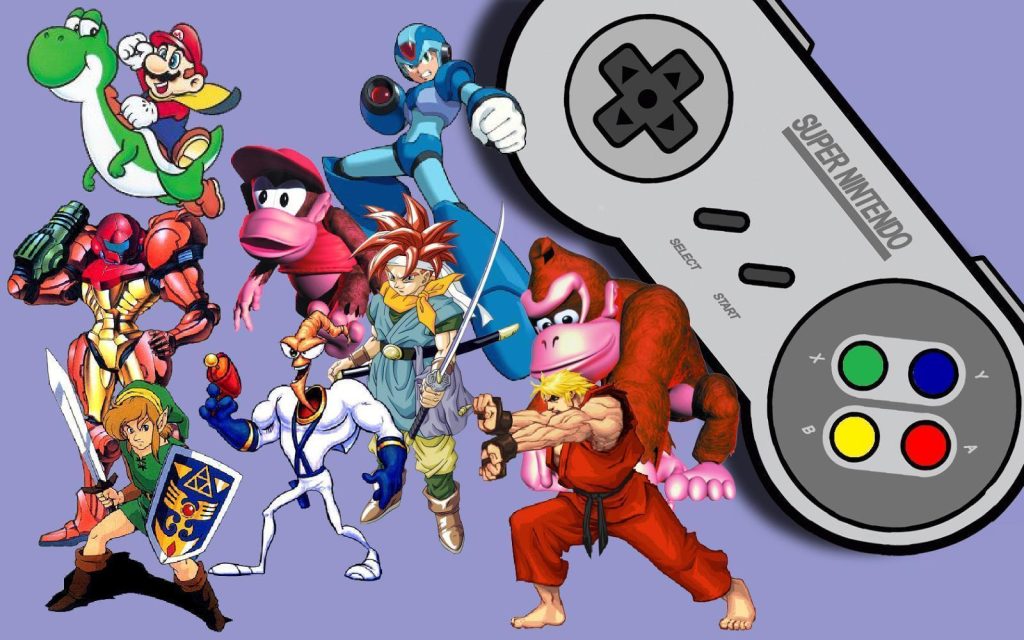
The Super Nintendo Entertainment System hosted some of the greatest video games of all time, many of which defined genres or spawned legendary franchises. Highlights include:
The Legend of Zelda: A Link to the Past
A genre-defining action-adventure game that introduced a layered world design and is still praised for its gameplay and storytelling.
Super Mario World
A launch title and perhaps the most famous SNES game, introducing Yoshi and expanding the platforming formula of its predecessors.
Chrono Trigger
A collaboration between Square and some of the creators behind Dragon Ball and Final Fantasy, this RPG is revered for its time-travel story, multiple endings, and battle system.
Super Metroid
A masterclass in exploration-based platforming, often credited with pioneering the “Metroidvania” genre.
Street Fighter II
The SNES version of Capcom’s fighting hit brought the arcade experience home and was instrumental in popularizing the fighting game genre.
Donkey Kong Country
Developed by Rare, it showcased revolutionary pre-rendered graphics and revitalized the Donkey Kong brand.
Other legendary titles include:
- EarthBound
- Final Fantasy VI (III in the US)
- Mega Man X
- Secret of Mana
- Star Fox (first to use the Super FX chip)
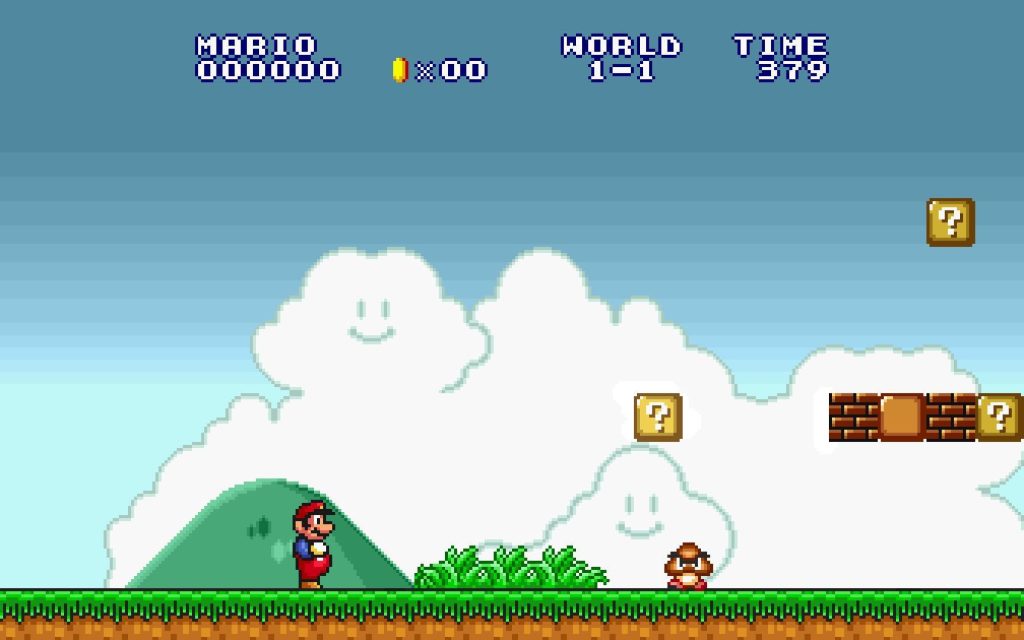
Innovations and Accessories
Enhancement Chips
Some SNES games used extra processors inside the cartridge to boost performance, including:
- Super FX: Used for 3D graphics (Star Fox, Stunt Race FX)
- SA-1: Used for faster processing (Kirby Super Star, Super Mario RPG)
- DSP: Used for geometry math and AI (Pilotwings, Super Mario Kart)
Accessories
- Super Scope: A light gun peripheral
- Super Game Boy: Played Game Boy games on SNES
- Satellaview (Japan only): Broadcast games and content via satellite
- Multitap: Enabled multiplayer beyond 2 players
Cultural Impact
The SNES was central to the console wars of the 1990s, facing off against the Sega Genesis in marketing battles and exclusive game lineups. Memorable advertising campaigns, like Nintendo’s “Now you’re playing with power, Super Power,” fueled the rivalry.
Nintendo also maintained strict licensing policies and quality control, ensuring a consistent game experience. This approach contrasted Sega’s edgier and more open strategy.
The SNES is widely credited with:
- Solidifying the RPG boom in the West
- Elevating video game music composition
- Inspiring fan communities, speedrunning, and ROM hacking scenes
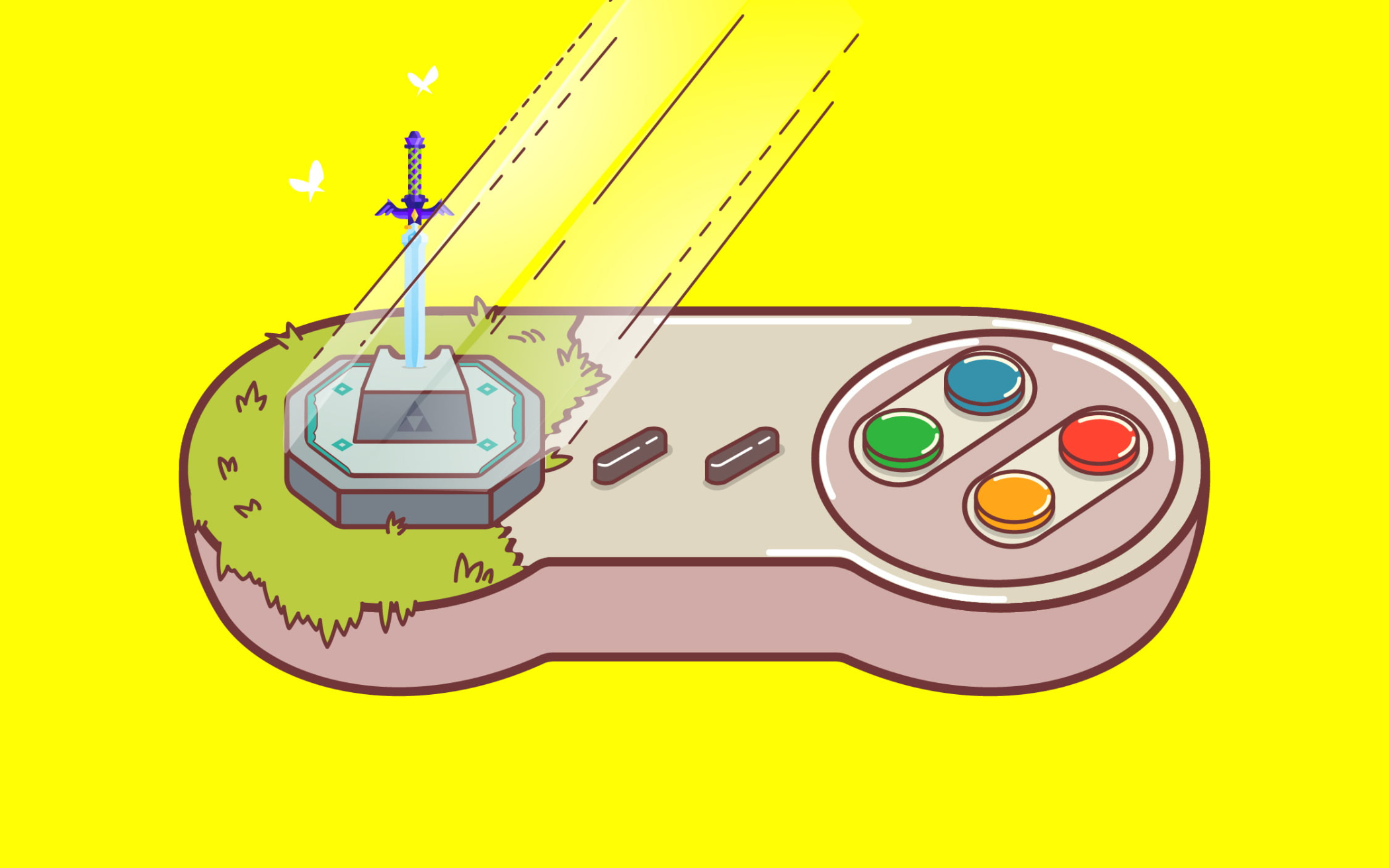
Legacy of the SNES
Sales and Success
- Over 49 million units sold worldwide
- One of the best-selling consoles of the 4th generation
- Strong library of over 1,700 games (including regional variations)
End of Life and Successor
The SNES was officially succeeded by the Nintendo 64 in 1996, though it remained supported in Japan and Latin America into the early 2000s.
Revival, let’s play SNES games!
- Virtual Console (Wii, Wii U, 3DS): SNES classics re-released digitally
- SNES Classic Edition (2017): A mini version with 21 built-in games
- Nintendo Switch Online: Offers access to a curated SNES library
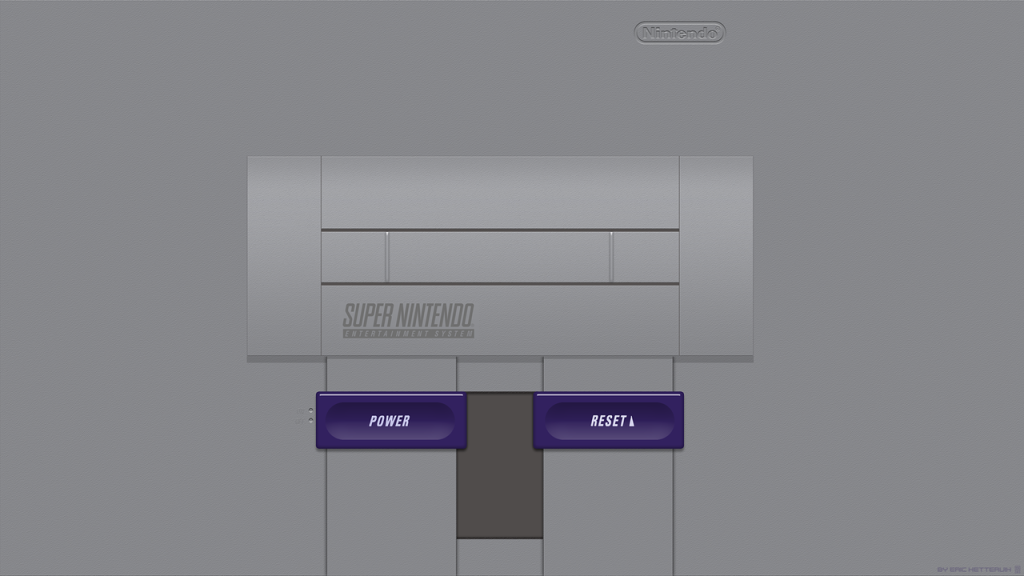
Collector’s Status
Original hardware and boxed games are highly sought after by retro enthusiasts. Titles like EarthBound, Chrono Trigger, and Hagane can fetch high prices due to rarity and demand.
SNES much more than 16 bit!
The Super Nintendo was more than just a gaming console — it was a gateway to imagination, innovation, and adventure and we love it. With a legendary game library, groundbreaking technology for its time, and a timeless aesthetic, the SNES remains a benchmark in the history of video games. Whether through nostalgic memories or fresh discovery, the SNES continues to shape the way we play and remember gaming.
You might also like
More from CONSOLES
Nintendo Wii Mini: Complete History, Versions, and Specs (2012)
The Nintendo Wii Mini is a lesser-known variant of the highly successful Nintendo Wii console. Designed as a more affordable …
Nintendo Switch: The Complete History and Versions of Nintendo’s Hybrid Revolution (2017)
Introduction When the Nintendo Switch was launched on March 3, 2017, it wasn’t just a new console, it was a radical …
Nintendo DS: The Dual-Screen Revolution (2004)
The Nintendo DS, launched in 2004, marked a bold and innovative step in the world of handheld gaming. With its …
